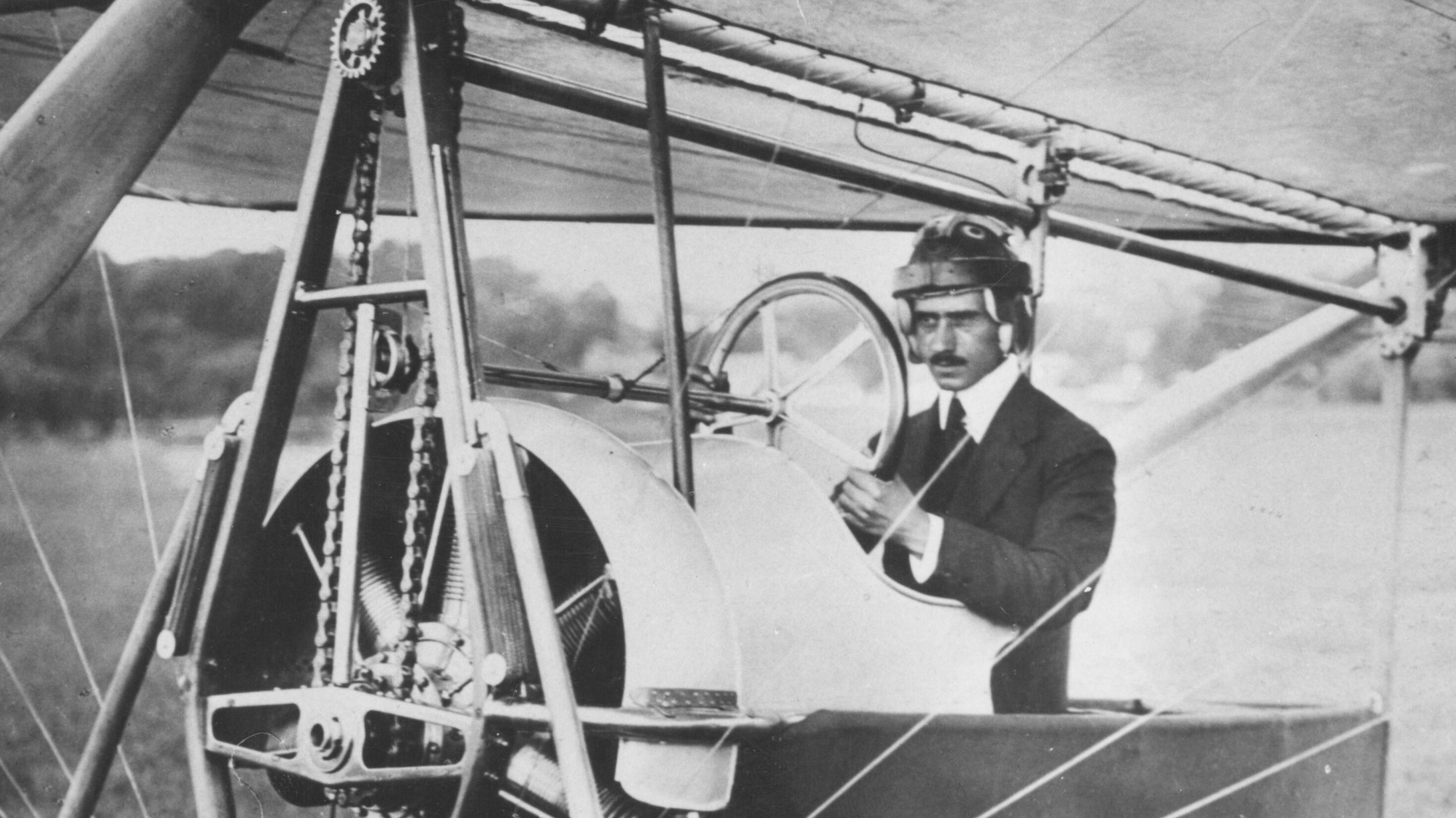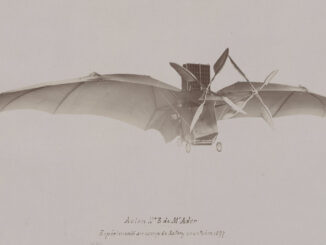 On 17th June 1910, Vlaicu I, an aircraft built by Aurel Vlaicu, performed its maiden flight near Cotroceni Hill (Dealul Cotroceni) in Bucharest. It was the very first flight of a powered aeroplane in Romania.
On 17th June 1910, Vlaicu I, an aircraft built by Aurel Vlaicu, performed its maiden flight near Cotroceni Hill (Dealul Cotroceni) in Bucharest. It was the very first flight of a powered aeroplane in Romania.
Aurel Vlaicu was born on 19th November 1882 in a Transylvanian village of Binținți, Hunedoara area (at that time a part of Austro-Hungarian empire). After graduating from college in Sibiu, Vlaicu began his engineering studies at Technical University in Budapest but shortly after moved to Munich, Germany and continued his education at Technische Hochschule there.
In 1909, Vlaicu returned to Binţinţi and built there his first glider. The glider was towed by a three-horse carriage and the aircraft managed to fly about fifteen metres above the ground.
At the end of the year, Aurel Vlaicu moved to Kingdom of Romania and, at Army Arsenal in Bucharest, began his works on the Vlaicu I aircraft, being financed by both the Romanian Ministry of War and Ministry of Public Education.
On 17th June 1910, the aircraft performed its maiden flight at Cotroceni, with Aurel Vlaicu himself as the pilot. During the first two attempts, the Vlaicu I failed to take-off but, as the saying goes, third time lucky – and the last effort was the successful one.
The first flight of Aurel Vlaicu was an extraordinary aviation achievement for Romania. The country became the third in the world – after the United States and France – to have its original powered aeroplane, designed, build and flown by a domestic aviator.
Full story here.
Cover photo: Aurel Vlaicu in Vlaicu II aircraft (source: Wikipedia Commons, public domain)



